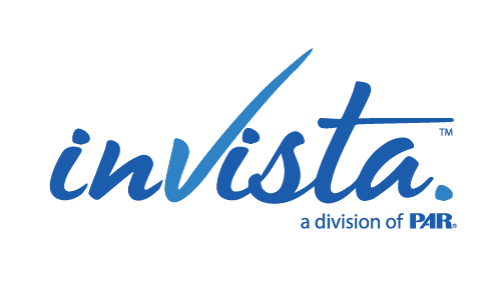Wellbeing refers to an individual’s current emotional experiences such as stress and anxiety; their resilience (i.e., ability to withstand and bounce back from adversity and challenges); and their ability to experience positive professional conditions, such as feeling supported, satisfied, and fulfilled by work, while being able to maintain a work–life balance.
The many work and personal stressors employees currently face affect employee wellbeing and engagement, which has negative implications for both individuals and organizations. It is widely accepted that too much stress is a leading cause of poor performance, burnout, and turnover and that stress and burnout are associated with sickness, absence, injuries, and poor work performance. In a recent study conducted by InVista (2020[1]), we found that employees are six times more likely to be at risk for burnout when they indicate low levels of wellbeing. Furthermore, employees with a high risk for burnout indicate four times more intention to quit. Clearly, avoiding these issues by promoting healthy wellbeing translates into positive financial outcomes.
How can we help employees maintain balance?
To improve work–life balance, consider using some of the following techniques:
Tips for individuals
- Add work–life balance as a standing agenda item to your one-on-one meetings.
- Discuss areas where you may be struggling to manage both work and home responsibilities this week with your manager.
- Set boundaries on your time by scheduling regular breaks, determining starting and stopping times, and minimizing multitasking.
- Prioritize your needs. Taking care of yourself looks different for all individuals. However, getting enough sleep is generally accepted as beneficial for everyone.
- Make work–life balance a priority topic when you meet with employees. Ask what employees need instead of making assumptions or treating everyone as if one size fits all.
- Times of uncertainty are not ideal for setting stretch goals. Communicate expectations and set clear priorities around top initiatives.
- Where possible, offer flexible schedules or remote work.
- If workload is an issue, evaluate staffing levels. If hiring additional staff is not possible, find ways to automate work processes and provide employees with the tools and technology required for success.
- Consider not sending e-mails late at night or early in the morning. At the very least, explicitly state that you do not expect employees to respond at those times and help them set routine hours and boundaries.
- Lead by example. Set the expectation that taking time off is encouraged. When you trust your employees to get their work done and allow them the opportunity to take time off, it can be a great boost of morale and motivation in return.
Related article: Why is a work–life balance needed?
We can never entirely get rid of stress (nor would we want to—there are documented benefits of eustress, or positive stress), but we can help make it manageable. Maintaining an appropriate work–life balance is one of the most common stressors individuals face. It’s important to target these issues in employees and implement solutions to preserve their wellbeing.
For a FREE, complete guide to helping employees maintain a work–life balance, click here.
[1] InVista. (2020a). [Unpublished raw data on wellbeing for Beta Client 1].


Recent Comments